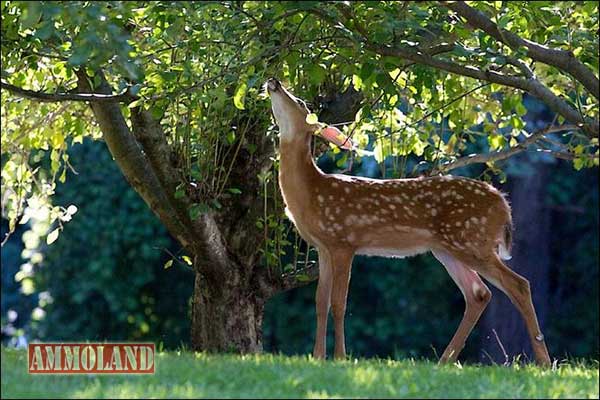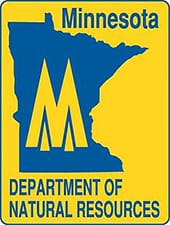By Tom Landwehr, commissioner, Minnesota Department of Natural Resources


St. Paul, MN -(Ammoland.com)- Like more than 400,000 others, I am anxiously awaiting Saturday, Nov. 8, when Minnesota’s firearms deer hunting season begins.
There’s nothing like it. The days of advance scouting. The physical struggle of putting up the new stands. The straining for vision and sound in the pre-dawn light of opening day. Anticipation is in full swing for weeks, and then it is upon us.
As I prepare for this year’s hunt, I am fully aware that I, like many other hunters, am less likely to bag a deer than in recent years. In fact, the lowest deer harvest in decades is expected under a harvest plan designed to rebuild the herd. We are conserving deer – does in particular — this season to improve deer numbers in the future.
Overall, most hunters in the state will be able to harvest only one deer. In much of northeastern Minnesota, where two consecutive severe winters took a toll on deer, hunters will only be able to shoot bucks. For me, someone who loves to eat venison, it will be tough to let a big doe go by. But, the deer herd can rebound quickly, and passing on the doe this year will contribute to a much larger herd next year.
For much of the recent past, the deer herd has been at historic high levels, and harvests have reflected that. In the past five years, and under a plan devised with hunter and landowner input, the DNR deliberately reduced the size of the herd. Today’s populations are close to the goal numbers we set some six years ago. The severe winters of the last two years have driven herd levels lower than where we’d wanted them.
Over the past two years, we at the DNR have heard from hunters that deer numbers are now too low and that efforts to reduce deer numbers have gone too far. In listening sessions and in other ways, many have said it is time to rebuild the population. We agree.
So, this will be a conservative deer season with more protections for antlerless deer throughout much of the state. The harvest could be as low as 120,000. That’s not many deer compared to recent harvests that have approached 200,000 animals. But, because they respond quickly, we will likely see some liberalization even next year.
Meanwhile, do know the DNR needs your help in re-evaluating deer population goals across the state. This goal-setting process began in 2012 in southern Minnesota and moved to southeastern Minnesota in 2014. Goals for the remainder of Minnesota will be set in 2015 and 2016. We want to hear from you.
How can you get involved? Starting in January, you can send in comments or attend public meetings to discuss deer populations in the region or area where you hunt, live or work. You’ll also be able to provide input through a questionnaire designed for the process. You can even volunteer to serve on one of five advisory teams that will recommend deer population goals for each goal-setting block. You can nominate yourself through Monday, Nov. 17. Apply online at MNDNR Deer.
Even with the reduced harvest, I am really looking forward to the deer opener. I will be spending much of the season with my son, Hunter. He’s a good partner. Like me, he enjoys the sights and sounds of the woods, likes sharing stories at the end of the day, and really likes the report of his trusty .308.
It’s possible we’ll see some antlerless deer we can’t harvest, like many other folks. And that’s OK. It’s OK because we are rebuilding the herd. And it’s OK because for us success is not only about filling tags. It’s also about spending time together, being hunters, enjoying the outdoors and building the memories. We’Il have a good time together. And I expect even better times ahead.
About the Minnesota Department of Natural Resources (MNDNR)
The Minnesota Department of Natural Resources is the agency of the U.S. state of Minnesota charged with conserving and managing the state’s natural resources. The agency maintains areas such as state parks, state forests, recreational trails, and recreation areas as well as managing minerals, wildlife, and forestry. The agency is currently divided into sections Ecological Resources, Enforcement, Fish & Wildlife, Forestry, Lands and Minerals, Waterways, Parks and Trails, and Waters.
